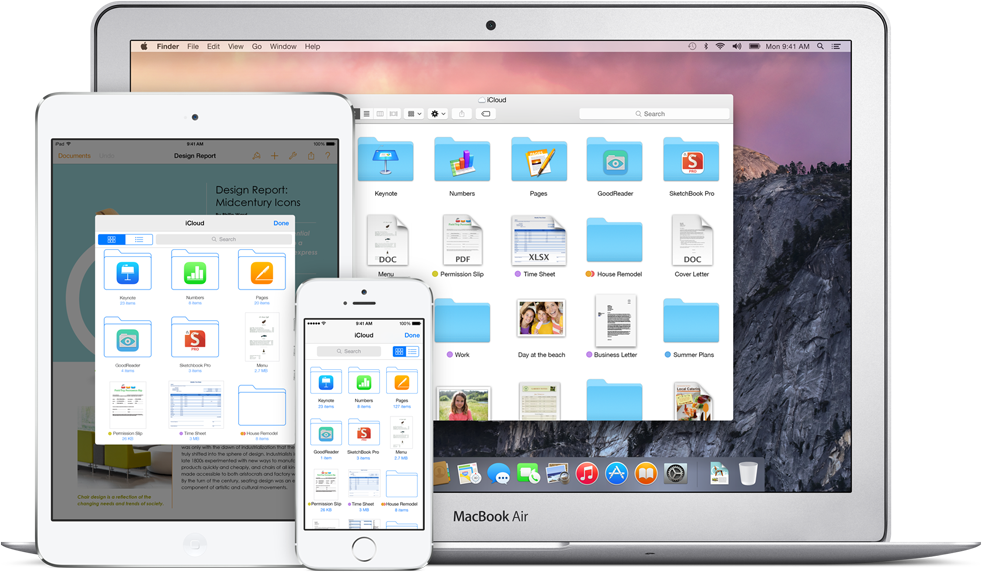With iOS 8, announced last week at WWDC, Apple is going to bring deep changes to one of the most controversial aspects of its mobile platform: document storage and management. While iCloud will play a big role with a unified iCloud Drive for iOS and OS X, third-party developers will also get a chance to add better file management functionalities to their apps.
The new features and APIs have been detailed by Apple during its opening keynote and in developer sessions throughout the week, and they follow a common thread: apps can now extend beyond their sandbox, accessing documents stored in other apps without creating unnecessary copies. To better understand the importance of these technological changes in iOS 8 and the inherent complexity that they’ll add for developers and users, I want to take a step back and contextualize how iOS currently handles file storage and management.



